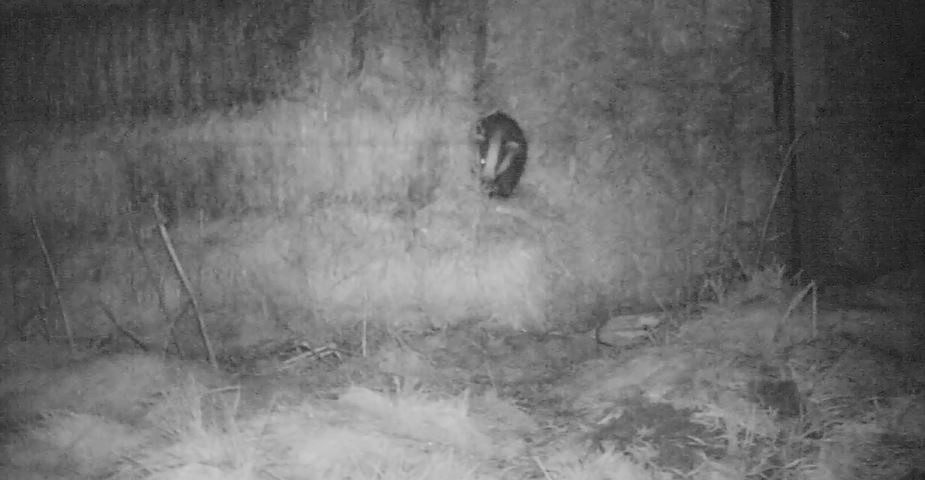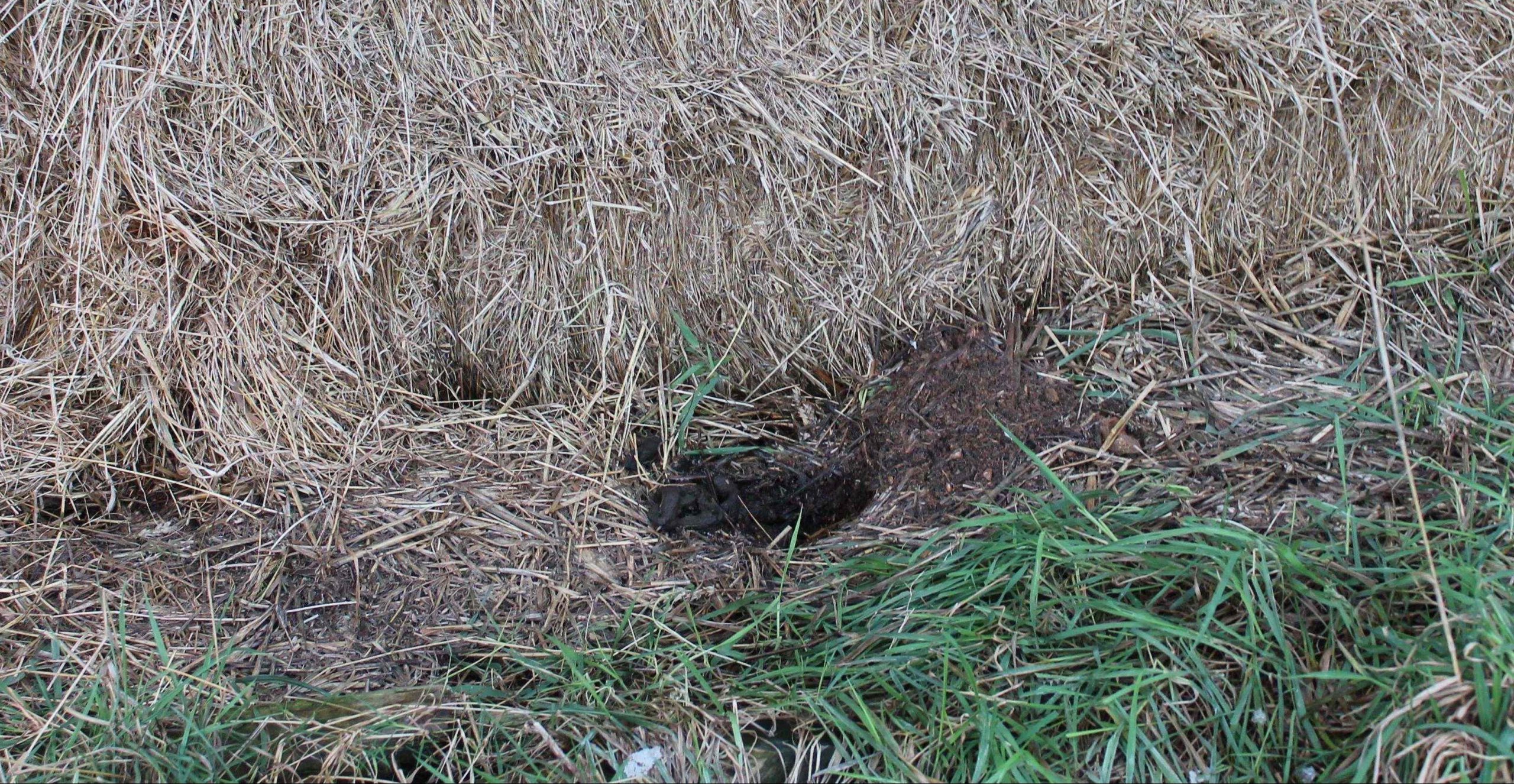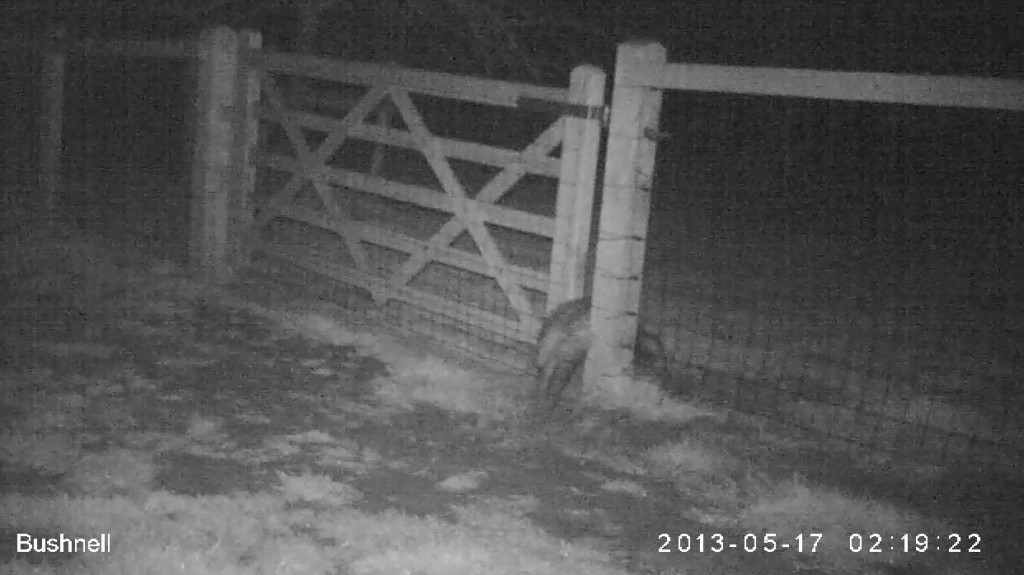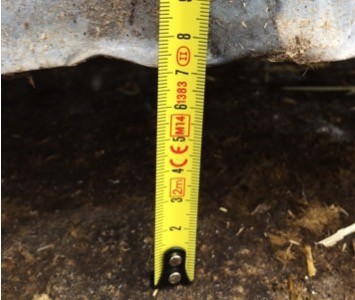Badgers are omnivores and eat a vast and varied range of foods, including fruit, cereals, larger insects and small mammals. Mainly foragers rather than hunters, badgers are opportunistic and will readily visit farm buildings if there is a food source available to them.
Infected badgers may excrete M. bovis in sputum, urine, faeces and discharges from wounds. Transmission to cattle may occur via direct contact with badgers or indirect contact with material contaminated by badger excretions. Badger visits to farm buildings can be frequent, especially to feed stores. Even if you do not see them, they may still occur. Get to know the location of badger activity on your whole farm as it may give an indication of whether or not badgers are accessing your buildings. See our factsheet on identifying badger activity for help on spotting the signs. Badgers can occasionally move into farm buildings. Be particularly vigilant for signs of activity in hay or straw barns during cold spells.
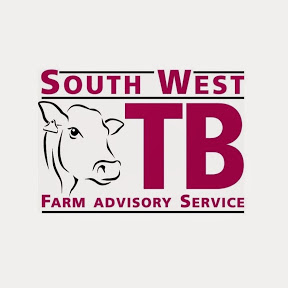
During the five year span of the South West TB Farm Advisory Service and during two large scale, long running projects carried out by the Animal & Plant Health Agency (APHA) (formerly Fera), badgers were regularly caught on CCTV cameras accessing farm buildings in the South West.
You can view footage of badgers accessing farm buildings on the South West TB Farm Advisory Service YouTube channel.
Advice on using cameras to assess badger activity on your farm is available in our factsheet.
Preventing badger access to buildings
The sides of buildings, doors and gates should be of a smooth, solid construction to prevent badgers from climbing and at least 1.5 m high. Various materials such as solid sheets of metal or plywood can be used to achieve this. Depending on the building, simple measures which block gaps and use sheer sides with no footholds can be effective in preventing badger access.
Despite their size badgers are able to squeeze through surprisingly small gaps. This footage taken by the South West TB Farm Advisory Service shows a badger squeezing through a 10.5 cm gap between a gate and gate post.
Gaps should be no more than 7.5 cm to prevent badgers from gaining access. This includes gaps at the sides of gates and doors. Gates and doors should be kept closed, especially at night.

Ensure that there are hard surfaces under exclusion measures, if not badgers will dig under them.
This image shows where a badger has dug under newly installed wire mesh on a gate to gain access to an enclosure.
Focus on feed
Stored feed should be secured as a priority. If stored feed is contaminated it could present a risk to a large number of your cattle. If you cannot stop badger visits to feed stores, consider other means of storing feed, for example in secure bins or silos. Keep your farm free from spilt and waste feed as this may attract badgers. Ensure lids on bins are secure and will prevent badger access.
The South West TB Farm Advisory Service set up wildlife cameras on a 220 cow dairy farm in the High Risk Area in late summer 2013. Stored feed was secure in bins aside from a newly-fed moist dairy blend which was stored on concrete with no protection from wildlife. Badgers were found to be accessing this open blend on a regular basis. The farmer successfully secured the area using electric fencing after viewing footage of several badgers eating from the heap.
Cattle housing and yards
Badgers have been found to access different areas on farms. This includes cattle housing and yards which increases the opportunity for direct and indirect contact between badgers and cattle. Where practical, consider implementing biosecurity measures to protect these areas.
Options for fencing
Permanent or electric fencing can be used to exclude badgers from areas of your farm. With electric fencing, strands of wire should be at 10, 15, 20 and 30 cm above the ground. These heights have been successfully trialled by Natural England. Electric fencing, especially over vegetation, needs regular maintenance to ensure that vegetation or spilt feed and similar are not causing it to short out. Any fencing should not obstruct badgers from having access to their setts.

Maize and whole crop silage clamps should be well covered and where possible, badgers prevented from having access. Electric fencing can be used to secure silage clamps. Other materials, such as metal rails can also be effective in securing silage clamps. To prevent badger access, it is generally recommended that permanent fencing is dug into the ground and angled in the direction a badger would approach. However, as yet there are no standard guidelines on the specifications of mesh fencing for successfully preventing badger access.

Several manufacturers have badger exclusion fencing available to buy and it is recommended that you speak to your fencing contractor or supplier about what may be available.
In a successful trial of permanent fencing carried out by the South West TB Farm Advisory Service at Bicton College, the fencing was dug 45 cm into the ground and then angled for 20 cm in the direction a badger would approach.
